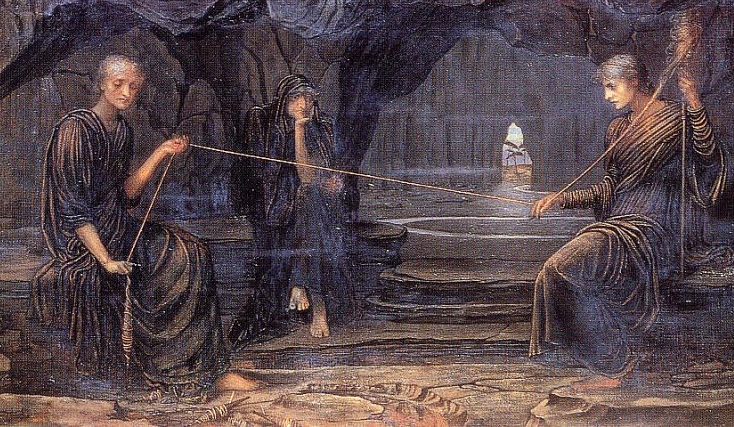 |
| Barbabietola |
Giunge al suo termine il percorso di approfondimento sulla
barbabietola. Abbiamo visto come questa pianta, caratterizzata dalla grande radice ricca di zuccheri, abbia una grande varietà di specie nate dall'ibridazione vegetale, dedite a diversi utilizzi.
Non si hanno testimonianze sulla barbabietola di epoca pre-agricola, in quanto nata dalla selezione genetica della rapa. La barbabietola fa la sua prima apparizione storica nell'antica Grecia, dove è presente in alcuni miti su Afrodite e Apollo. Si diffonde anche nel resto d'Europa, rientrando nella cultura popolare di vari paesi sia nel gergo che nella cucina. La grande diffusione della barbabietola si ha poi, nel XIX secolo, con la scoperta (ad opera di diversi personaggi) della grande quantità di saccarosio presente nella radice e con la diffusione della pianta per la produzione di zucchero.
Oggi la barbabietola rimane un ortaggio con poca risonanza nella cultura di massa rispetto ad altri; concettualmente è abbastanza legata al nonsenso; se presente nella musica o nei proverbi, ha l'accezione di qualcosa di completamente casuale, mentre nella narrativa richiama all'ignoto. Anche il patrimonio iconografico intorno alla cosa lascia molto a desiderare, nell'arte è ovviamente soggetto di nature morte, ma in pochissimi casi. Nonostante ciò, la barbabietola possiede una buona potenzialità espressiva, limitata nella recezione dalla sua non diffusione.
L'ultimo importante legame con barbabietola è quello con il benessere; la barbabietola è un alimento molto salutare (ha persino proprietà antitumorali); ciò ha alimentato una serie di credenze, più o meno fondate; ad esempio le erano attribuite proprietà afrodisiache, probabilmente suggerite dal colore vermiglio caratteristico.
We are on the close the course of study on the beet. We have seen how this plant, characterized by the great root rich in sugar, has a great variety of species, has a large variety of species born from plants hybridization, dedicated to different uses.
There is no documentation on the beet in the pre-agricultural age, as it's born by the genetic selection of turnip. The beet makes its first historical appearance in ancient Greece, where it is present in some myths about Aphrodite and Apollo. It spreads throughout the rest of Europe, introducing itself into the popular culture of various countries, both in the jargon and in the cuisine.
The widespread use of beet is then, in the nineteenth century, with the discovery (by different characters) of the large amount of sucrose present in the root and with the spread of the plant for the production of sugar. Today the beet is a vegetable not very common in mass culture as others; conceptually it is quite linked to nonsense; if present in the music or in proverbs, has the meaning of something completely random, while in the narrative recalls the unknown. Even the iconographic heritage around the thing leaves much to be desired; in the art is of course subject of still lifes, but in very few cases. Nevertheless, the beet has good expressive potential, limited by its poor diffusion. The last important link with beet is the one with the well-being; beet is a very healthy food (it has even anti-cancer properties); this has fueled a set of beliefs, more or less true; for example, aphrodisiac properties were attributed to it, probably suggested by the characteristic vermilion color.
We are on the close the course of study on the beet. We have seen how this plant, characterized by the great root rich in sugar, has a great variety of species, has a large variety of species born from plants hybridization, dedicated to different uses.
There is no documentation on the beet in the pre-agricultural age, as it's born by the genetic selection of turnip. The beet makes its first historical appearance in ancient Greece, where it is present in some myths about Aphrodite and Apollo. It spreads throughout the rest of Europe, introducing itself into the popular culture of various countries, both in the jargon and in the cuisine.
The widespread use of beet is then, in the nineteenth century, with the discovery (by different characters) of the large amount of sucrose present in the root and with the spread of the plant for the production of sugar. Today the beet is a vegetable not very common in mass culture as others; conceptually it is quite linked to nonsense; if present in the music or in proverbs, has the meaning of something completely random, while in the narrative recalls the unknown. Even the iconographic heritage around the thing leaves much to be desired; in the art is of course subject of still lifes, but in very few cases. Nevertheless, the beet has good expressive potential, limited by its poor diffusion. The last important link with beet is the one with the well-being; beet is a very healthy food (it has even anti-cancer properties); this has fueled a set of beliefs, more or less true; for example, aphrodisiac properties were attributed to it, probably suggested by the characteristic vermilion color.


